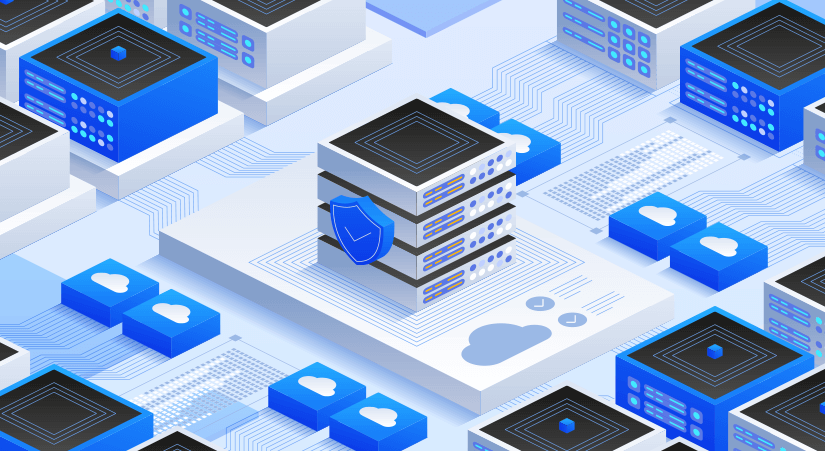

In the ever-evolving landscape of digital transformation, organizations are seeking ways to innovate faster, scale effortlessly, and optimize operational efficiency. Serverless architecture has emerged as a transformative model for building and running applications without the complexity of traditional infrastructure management. By leveraging serverless computing, businesses can focus on delivering value to their customers—deploying scalable serverless apps and functions that respond instantly to market demands.
What Is Serverless Architecture And Why Does It Matter?
At its core, serverless architecture represents a paradigm shift in software development. Developers write code as serverless functions, while the cloud provider manages provisioning, scaling, and maintenance of backend infrastructure. Although servers still exist, their management is abstracted away, allowing teams to focus on business logic and rapid feature delivery. This model enables companies to build robust applications that scale automatically with traffic, without the burden of managing physical or virtual servers.
Key Advantages Of Adopting Serverless Computing
Organizations adopting serverless computing benefit from automated scalability, cost efficiency, and accelerated development cycles. Applications are billed only for actual compute time, eliminating the waste of idle resources. Serverless apps scale automatically to handle fluctuating workloads, ensuring seamless performance even during unpredictable traffic spikes. This allows businesses to expand operations without investing in extensive infrastructure.
Serverless Functions: Agility And Flexibility For Modern Businesses
Serverless functions, often delivered through Functions as a Service (FaaS) platforms, enable developers to execute discrete units of code in response to events such as HTTP requests, file uploads, or database changes. This event-driven approach is well-suited for microservices, RESTful APIs, scheduled tasks, or real-time data processing. The flexibility of serverless functions supports rapid experimentation, faster releases, and easy integration with third-party services.
Use Cases And Industry Adoption
From startups to global enterprises, serverless architecture is redefining how web and mobile backends, ETL pipelines, event processing, and IoT applications are designed. Organizations use serverless apps to streamline CI/CD pipelines, automate security checks, and deliver low-latency, highly available services. Industries such as e-commerce, fintech, and media benefit from the agility and resilience provided by serverless frameworks.
Optimizing Cost Management With Serverless Models
A key advantage of serverless architecture is its impact on operational spend. Unlike traditional hosting, which often requires upfront commitments and over-provisioning, serverless models let organizations pay only for actual compute use. This granular billing model helps businesses experiment with features, scale workloads, and allocate budgets efficiently, maximizing ROI and reducing waste.
Challenges And Best Practices In Serverless Adoption
Serverless computing brings important benefits, but also unique challenges. Cold start latency, vendor lock-in, and limited control over the execution environment can affect performance and flexibility. Best practices include optimizing code for quick initialization, designing stateless functions, using multi-cloud strategies, and investing in robust monitoring tools for real-time performance insights.
Integrating Serverless With Legacy Systems
Many enterprises have existing applications and databases on traditional infrastructure. Transitioning to serverless doesn’t have to be all-or-nothing. Hybrid architectures let businesses extend legacy systems with serverless functions, modernizing incrementally and reducing risk while maintaining critical operations and compliance.
Security, Compliance, And Operational Excellence
As businesses move critical workloads to serverless, security and compliance remain top priorities. Leading cloud providers use rigorous security protocols, continuous monitoring, and automatic patching to reduce vulnerabilities and simplify compliance. Serverless platforms also support high availability and disaster recovery for business continuity.
Performance Monitoring and Observability in Serverless Environments
Visibility into application behavior is crucial for reliability and user experience. In serverless setups, traditional monitoring may lack the needed detail. New observability tools for serverless offer insights into function execution, latency, error rates, and dependencies. With these tools, organizations can quickly spot bottlenecks, optimize resources, and maintain consistent service as workloads scale.
Real-World Examples: How Businesses Leverage Serverless
In many industries, serverless computing boosts innovation and efficiency. E-commerce platforms use serverless apps to handle flash sales and high-traffic events smoothly. Fintech firms use serverless functions for real-time fraud detection and transactions. Media companies use serverless for content processing, streaming, and recommendations, showing serverless architecture’s flexibility for diverse needs.
Dedicated Servers vs. Serverless Architecture: Key Differences
When evaluating IT infrastructure, it’s essential to consider the distinct advantages of dedicated servers versus serverless. Dedicated servers offer exclusive resources, full control, and consistent performance—vital for businesses with custom configurations or strict security needs. Serverless architecture reduces infrastructure management and provides flexibility, but may lack the customization and control some organizations require. Understanding these differences allows businesses to align their IT strategy with operational goals and future growth.
Performance, Control, and Security: Why Choose Dataplugs Dedicated Servers
For mission-critical applications or workloads with high traffic and strict compliance standards, dedicated servers are often the ideal solution. Dataplugs delivers enterprise-grade hardware and dedicated resources to ensure reliable, high-performance hosting even during demand peaks. With full root access, clients achieve deep customization and advanced security to satisfy industry regulations. Dataplugs’ dedicated server solutions provide reliability and control for sensitive data and essential business operations, supported by 24/7 technical expertise.
Future Trends And Digital Transformation
As serverless computing evolves, it continues to influence trends in edge computing, AI integration, and hybrid cloud strategies. Businesses that leverage modern infrastructure and trusted partners position themselves at the forefront of digital innovation—ready to deliver secure, scalable, and resilient experiences to their users.
Discover the Possibilities with Dataplugs Dedicated Servers
While serverless architecture is shaping the future of web development, dedicated servers remain a foundation for reliability, security, and performance—especially for businesses with demanding workloads or specialized requirements. Dataplugs provides robust infrastructure, advanced security, and expert support for organizations seeking dependable hosting solutions. Take the next step in your digital journey—connect with Dataplugs to explore dedicated server solutions tailored to your business growth and innovation via live chat or email at sales@dataplugs.com.





